Cost-Effectiveness and Efficiency
The Automotive Brushless DC Motors Market is benefiting from the cost-effectiveness and efficiency of brushless DC motors. These motors offer lower operational costs due to their high efficiency and reduced maintenance requirements compared to traditional brushed motors. As automotive manufacturers seek to optimize production costs while enhancing vehicle performance, the adoption of brushless DC motors is becoming increasingly appealing. The market is projected to see a rise in the integration of these motors across various vehicle segments, driven by their ability to provide long-term savings for manufacturers and consumers alike. This trend indicates a promising future for the Automotive Brushless DC Motors Market, as cost considerations continue to play a pivotal role in automotive design and engineering.
Rising Demand for Electric Vehicles
The Automotive Brushless DC Motors Market is significantly impacted by the rising demand for electric vehicles (EVs). As consumers become more environmentally conscious, the shift towards EVs is accelerating, leading to an increased need for efficient propulsion systems. Brushless DC motors are favored in EV applications due to their high torque density and reliability. Market analysts project that the EV segment will account for a substantial portion of the automotive market, with estimates suggesting that by 2030, electric vehicles could represent over 30% of total vehicle sales. This trend is driving investments in the Automotive Brushless DC Motors Market, as manufacturers aim to enhance their product offerings to meet the growing demand for electric mobility solutions.
Sustainability and Environmental Regulations
The Automotive Brushless DC Motors Market is increasingly influenced by sustainability initiatives and stringent environmental regulations. Governments worldwide are implementing policies aimed at reducing carbon emissions and promoting energy-efficient technologies. Brushless DC motors, known for their high efficiency and low environmental impact, align well with these regulatory frameworks. The market is witnessing a shift towards electric and hybrid vehicles, which utilize brushless DC motors for their superior performance and energy savings. This transition is expected to propel the market, as manufacturers seek to comply with environmental standards while meeting consumer demand for greener alternatives. The Automotive Brushless DC Motors Market is thus likely to benefit from these regulatory pressures, fostering innovation and adoption of cleaner technologies.
Consumer Preferences for High-Performance Vehicles
The Automotive Brushless DC Motors Market is also shaped by evolving consumer preferences for high-performance vehicles. As automotive technology advances, consumers are increasingly seeking vehicles that offer superior performance, efficiency, and responsiveness. Brushless DC motors provide these attributes, making them an attractive choice for performance-oriented applications. The market is witnessing a trend where manufacturers are incorporating these motors into sports cars and luxury vehicles to enhance driving experiences. This shift in consumer behavior is likely to drive growth in the Automotive Brushless DC Motors Market, as manufacturers strive to meet the expectations of discerning customers who prioritize performance alongside sustainability.
Technological Advancements in Automotive Brushless DC Motors
The Automotive Brushless DC Motors Market is experiencing a surge in technological advancements that enhance motor efficiency and performance. Innovations such as improved electronic control systems and advanced materials are driving this growth. For instance, the integration of smart technologies allows for better energy management and real-time diagnostics, which are crucial for modern vehicles. The market is projected to grow at a compound annual growth rate of approximately 7% over the next few years, indicating a robust demand for these motors. Furthermore, advancements in manufacturing processes are reducing costs and improving the scalability of production, making brushless DC motors more accessible to automotive manufacturers. As a result, the Automotive Brushless DC Motors Market is poised for significant expansion, driven by these technological innovations.


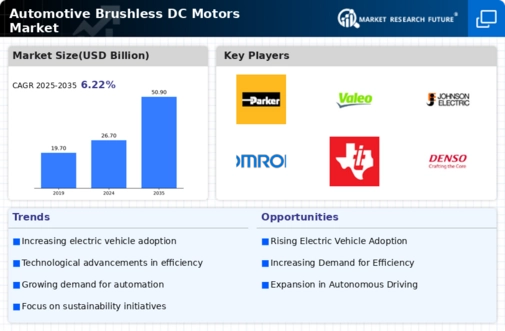


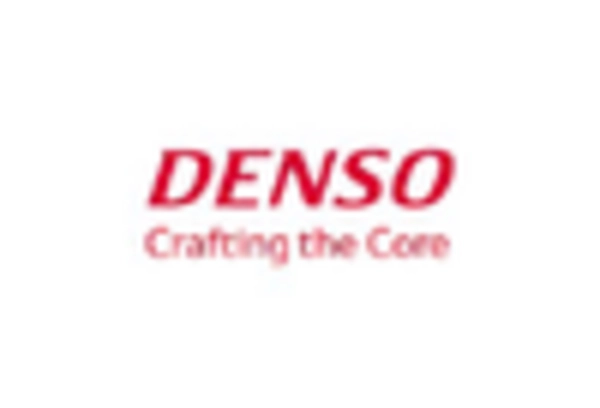
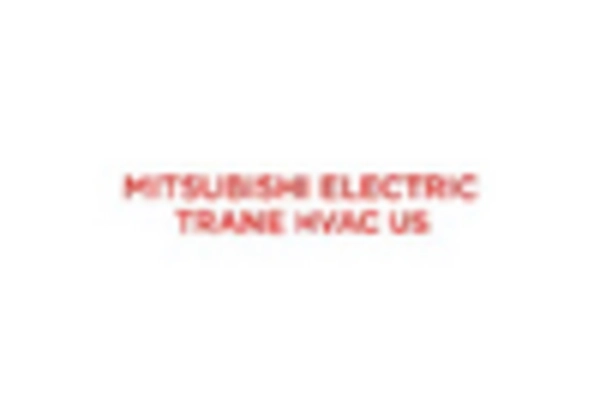
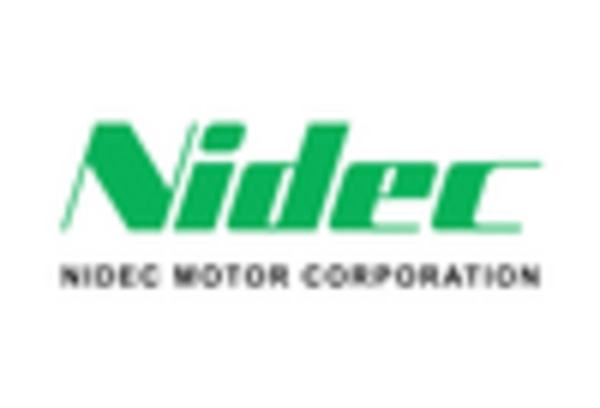
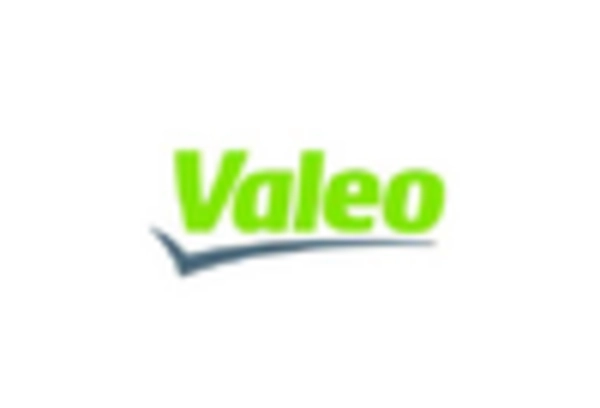








Leave a Comment